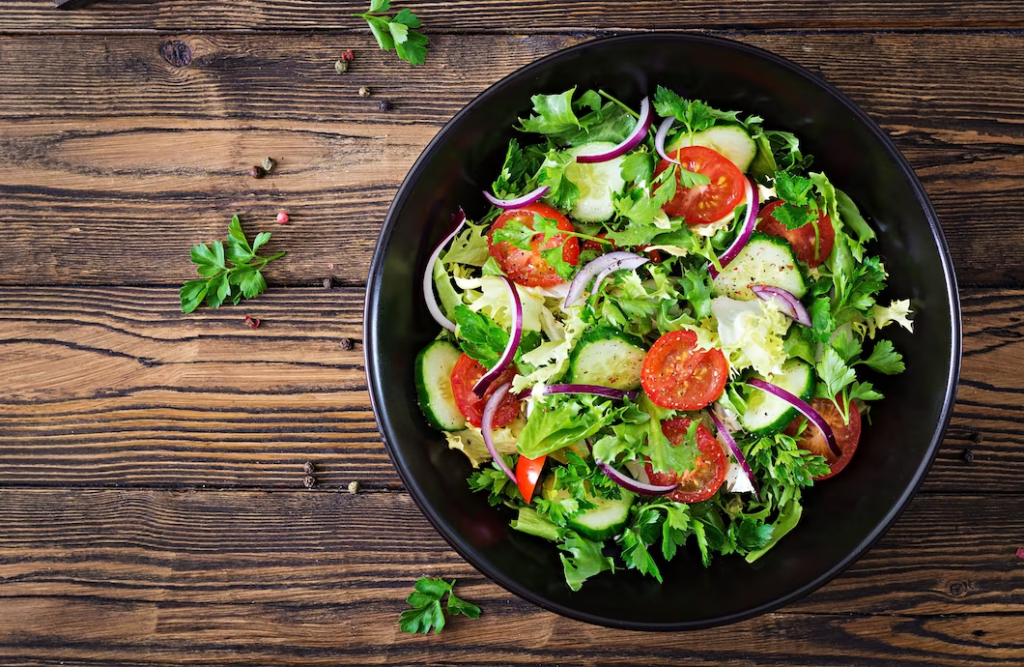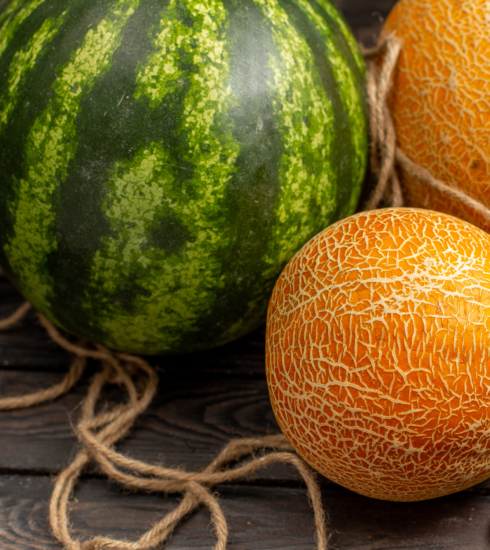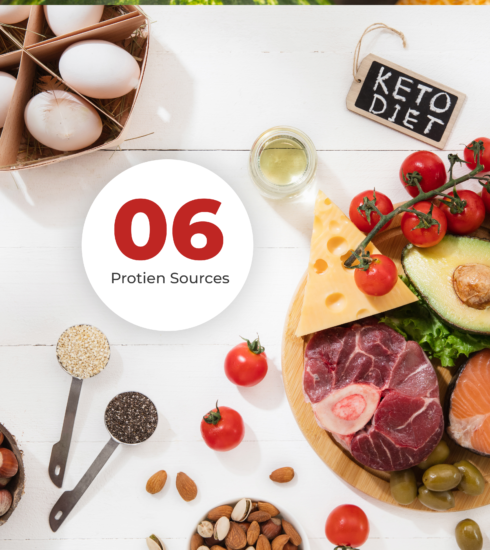Salads are not always healthy! Find out what to put in a salad and what not.
Salad is seen as healthful, but not if bad items are added to it. Here’s how to make a nutritious salad!
We immediately think about weight loss when we consider making meals out of salads. But in order to produce a nutritious salad, you should also be aware of the dos and don’ts of it. Let’s first look at what a salad is because it can be confused and the purpose sometimes gets lost. This will help us understand the dos and don’ts of a salad. Here, we’ll show you how to make a healthy salad.

What is a salad?
Salata, which means salty water or brine, is the origin of the word salad. At least one of the veggies in a salad must be eaten raw, and the dish is expected to be made using natural components. There is no shortage of salad varieties available today, from garden salads to main course salads to dessert salads, but their primary function should be to act as roughage and give vitamins and fibre.
Let’s talk about the problems that salads are currently facing and how to fix them.
What not to add to the salad
By definition, salads should be healthy and should not contain extra calories. The opposite is true when salad dressings are added for both taste and appearance. The bowl’s added trans fats and other preservatives make the healthful portions of the meal worthless.
Dairy products like butter and cheese should not be added because they increase the harmful fats and additional carbohydrates.
Even children enjoy putting mayonnaise on things! But because they contain a lot of fat, it is really unhealthy. Mayonnaise should therefore never be a part of a diet for those trying to lose weight.
In order to satisfy the protein needs of salads, meat is increasingly being added as fusion dishes gain popularity. Although it would be advisable to supplement it with specific pulses in order to avoid the risk of consuming additional calories.
Given the amount of refined carbohydrates in the “healthy” bowl, macaroni and pasta salads shouldn’t even be referred to as salads.
What needs to be in the salad
Nuts! Yes, adding nuts and dry fruits makes the nutritious bowl delicious and adds a significant quantity of fibre.
Include as many raw-eating-friendly vegetables as you can. For instance, beetroots are incredibly high in iron and not just provide the salad colour. The same goes for peppers!
Fruits and honey are natural sweeteners that also improve the salad’s nutritional content.
Instead of meat, using some pulses, sprouts, and beans for protein would also work well.
Including seeds, such pumpkin seeds, gives the salad more crunch and nutrition.










